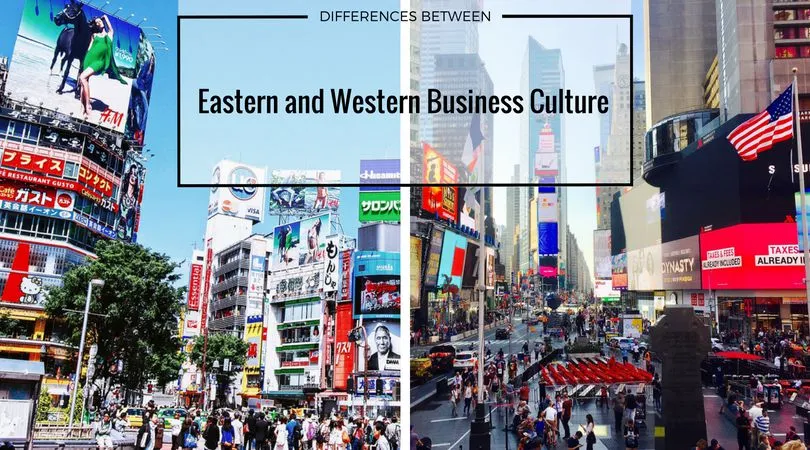What are the big differences between the cultures of the West and those of the East?

The cultural differences between the West and the East are shaped by distinct historical, philosophical, and societal influences. Western cultures, influenced by Enlightenment ideals and Judeo-Christian values, emphasize individualism, personal freedom, and critical thinking.
Communication is often direct, with a focus on clarity and assertiveness, and societies tend to be more egalitarian, valuing efficiency and future-oriented goals. In contrast, Eastern cultures prioritize collectivism, respect for tradition, and communal harmony, deeply influenced by philosophies like Confucianism, Buddhism, and Taoism.
Education in the East values discipline and group success, while the West encourages creativity and questioning norms. These broad contrasts highlight the diverse ways societies navigate relationships, values, and priorities, fostering rich cultural uniqueness globally.
1. West vs East: The Differences
Contrasting ideals, ideologies, and social structures are reflected in the cultural distinctions between the East and the West. Western cultures place a high value on individual liberty, self-determination, and open communication because they are frequently shaped by individualism and Enlightenment principles.
These cultures place a great importance on equality, creativity, and critical thinking. They also place a lot of emphasis on efficiency and long-term objectives. Eastern cultures, on the other hand, which have their roots in collectivist traditions and ideologies such as Buddhism, Taoism, and Confucianism, place a strong emphasis on indirect communication, respect for authority, and communal harmony.
Relationships and traditions are highly valued, with an emphasis on tolerance, harmony, and intergenerational connectivity. These differences draw attention to the wide range of viewpoints and life styles found around the world.

2. Can There Ever Be Similarities Between Eastern And Western Cultures?
While Eastern and Western cultures often seem vastly different, they share underlying similarities. Both cultures value family, community, and the pursuit of happiness. They have rich histories marked by philosophical and artistic achievements. Despite differing cultural norms and values, both cultures strive for peace, prosperity, and a better future. These shared human aspirations bridge the cultural divide and highlight the universal connections that bind us all.
3. Examples of business failures due to cultural differences
- Walmart in Germany: Due to cultural miscommunications, Walmart’s entry into the German market was a significant setback. The one-size-fits-all strategy of the American retail behemoth ran counter to German consumers’ inclination for locally sourced, fresh goods. Walmart has alienated customers and staff with its aggressive management style and cost-cutting efforts.
- Starbucks in Australia: The company’s first foray into the Australian market yielded a range of outcomes. Australian customers, who were used to a different coffee culture and favored less expensive options, did not respond well to the coffee chain’s American-style pricing techniques and coffee culture.
- The Chinese marketing campaign for Pepsi, which rephrased the tagline “Pepsi Brings You Back to Life” as “Pepsi Brings Your Ancestors Back from the Grave,” was a significant cultural blunder. The brand’s reputation in China suffered as a result of this careless translation, which sparked numerous unfavorable comments.
- McDonald’s in India: In order to accommodate Indian tastes and religious inclinations, McDonald’s had to make considerable menu adjustments. The business avoided using beef products, which are revered by many Hindus, in favor of vegetarian and halal options.
Conclusion:
While Eastern and Western cultures share some commonalities, they also exhibit significant differences in values, beliefs, and social norms. Eastern cultures often emphasize collectivism, harmony, and respect for tradition, while Western cultures tend to prioritize individualism, competition, and innovation. These cultural differences can manifest in various aspects of life, including business practices, interpersonal relationships, and societal norms. Understanding these cultural nuances is crucial for effective cross-cultural communication and collaboration.
faqs:
1. What is the primary difference in values between the West and the East?
Core values represent a fundamental difference between Eastern and Western cultures. Western societies generally place a strong emphasis on self-expression, individualism, and personal success. They place a higher value on personal freedom and rights, which frequently results in an aggressive and competitive style. Eastern cultures, on the other hand, place a higher value on harmony, solidarity, and adherence to tradition. They promote a sense of interconnectedness and community by prioritizing the demands of the group over those of the individual.
2. How do philosophies shape cultural outlooks?
Judeo-Christian ethics and Enlightenment principles, which emphasize reason, individual liberty, and secularism, have an impact on Western societies. Philosophies that emphasize harmony, balance, and interconnectivity, such as Buddhism, Hinduism, Taoism, and Confucianism, have influenced Eastern cultures.
3. How do these cultural differences impact business and social interactions?
Effective cross-cultural communication and cooperation require an understanding of these cultural distinctions. If these distinctions are not recognized and handled, misunderstandings and misinterpretations may result. People can forge closer bonds, steer clear of disputes, and succeed in both personal and professional relationships by being conscious of these cultural quirks.



